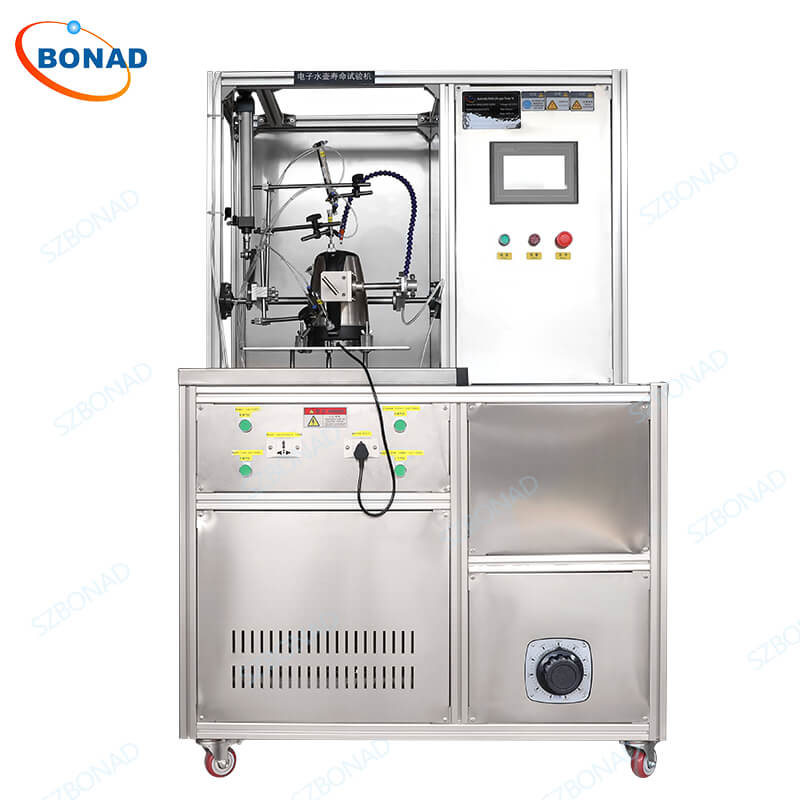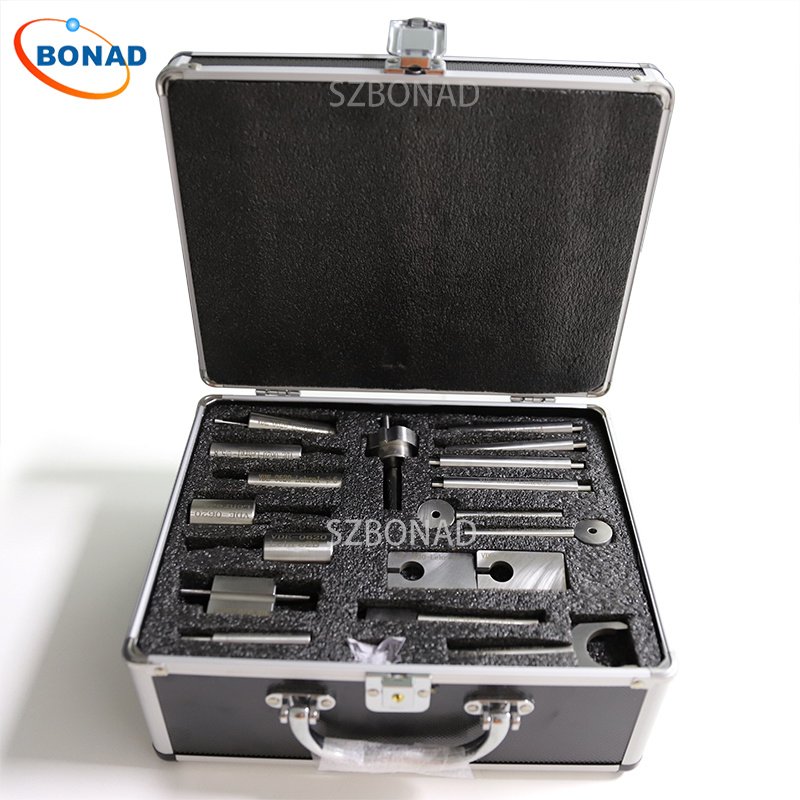In the realm of home appliances, ensuring the safety and functionality of electric kettles is paramount. This article delves into the essential test items involved in electric kettle inspection, highlighting the importance of thorough examination to meet safety standards and customer expectations. With BONAD’s expertise in life test machines, manufacturers can enhance product performance and compliance.
Key Test Items for Electric Kettle Inspection:
- High Voltage Test (Hi-Pot Test):
This involves subjecting the kettle to 1500V/0.5mA for 1 second to ensure no breakdown or flashover occurs, safeguarding against electrical hazards. - Operational Endurance Test:
By filling the kettle with purified water at maximum capacity and operating it for four hours, inspectors verify that no functional issues arise during prolonged use. - Power Cord Strain Relief Test:
Adhering to European standards requires 25 repetitions with specific force parameters, while the USA standard demands a displacement check under a 35-pound pull for one minute. - Earth Continuity Verification:
Testing involves applying 12V at a current greater than 1.5 times the rated current or 25A, ensuring resistance does not exceed 0.1Ω without any flashover. - Power Cord Length Assessment:
The cord length is checked against specifications to ensure proper usability and compliance. - Internal Workmanship Inspection:
A meticulous check for missing parts, incorrect wiring, or exposed wires is conducted, comparing components against the Component Data Form (CDF). - Durability of Markings (Rub Check):
Using a water-dipped cotton swab, markings are rubbed for 15 seconds to ensure they remain clear without peeling or fading. - Adhesive Tape Test (3M Tape Check):
Applying and rapidly peeling off 3M tape over printed or plated surfaces checks for marking clarity and adherence. - Boiling Time Evaluation:
The kettle is filled with water, powered on at rated voltage, and boiling temperature is measured post-steam shut-off to ensure proper function without sudden jets or lid issues. - Dry Boil Protection Test:
The unit is switched on without water to confirm thermostat functionality without melting or burning risks, allowing restart after cooling. - Barcode and QR Code Readability Check:
Scanners verify that codes match specifications for traceability and authenticity. - Power Consumption Measurement:
After plugging in the kettle for 30 seconds, power input is checked to be within +5%/-10% of rated power. - Extended Power On Functionality Test:
Continuous operation for four hours followed by high-voltage and functional tests ensures consistent performance. - Stability Examination:
Positioning the kettle at a 15-degree incline under normal use conditions tests its stability against tipping over. - Fuse Integrity in BS Plugs:
Ensuring correct wiring within approved BS 1363 plugs involves checking secure connections without loose strands or soldered joints. - Transport Durability Assessment (Drop Carton Check):
Dropping cartons from specified heights tests product resilience against functional or safety issues post-transportation impact.
17-24 Additional Checks:
These include label compliance (CE/RoHs), color matching with samples/specifications, full function verification post-assembly, coating adhesion tests, jug rotation capability under stress, capacity conformity within +/-5%, handle strength testing, and odor evaluation during operation with tap water at minimum level.
Conclusion:
BONAD provides specialized electric kettle life test machines that empower manufacturers to identify defects early on and enhance product reliability while meeting stringent safety standards. For further insights into improving your product’s quality through comprehensive testing solutions, contact BONAD today!



